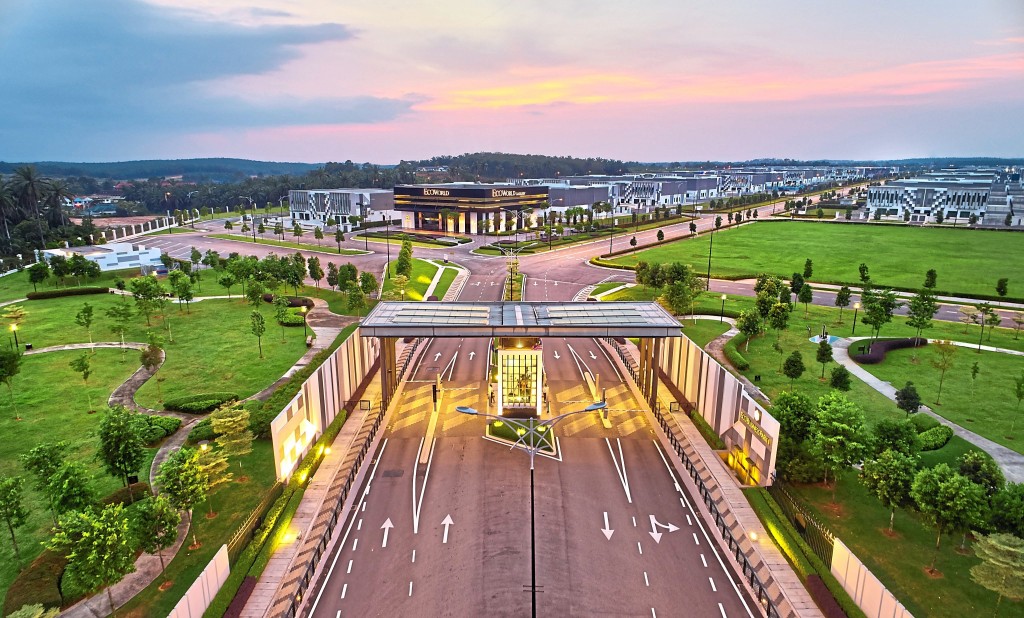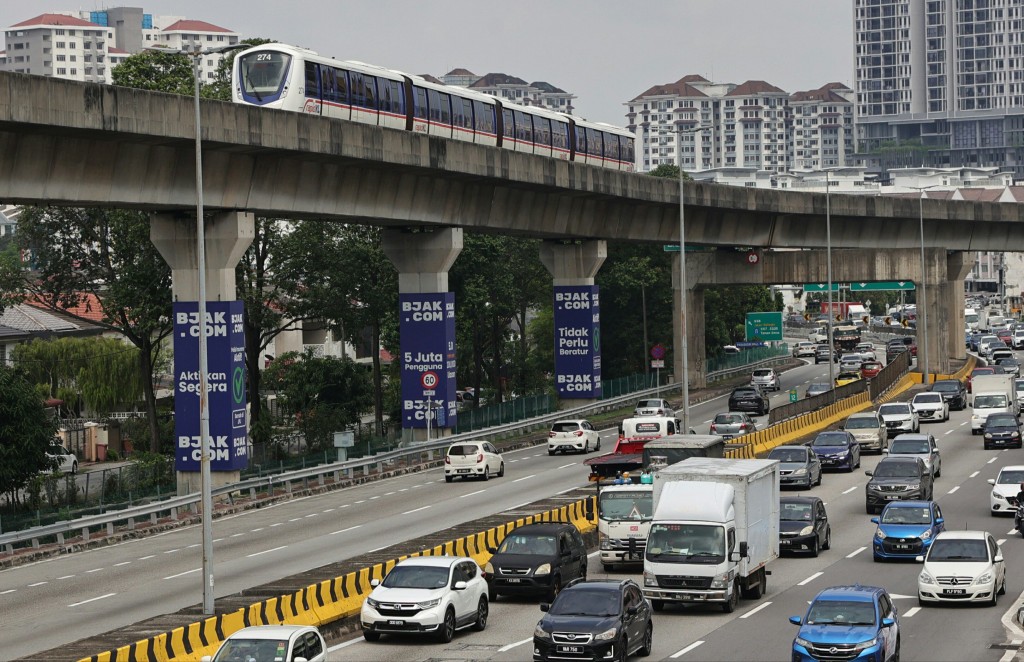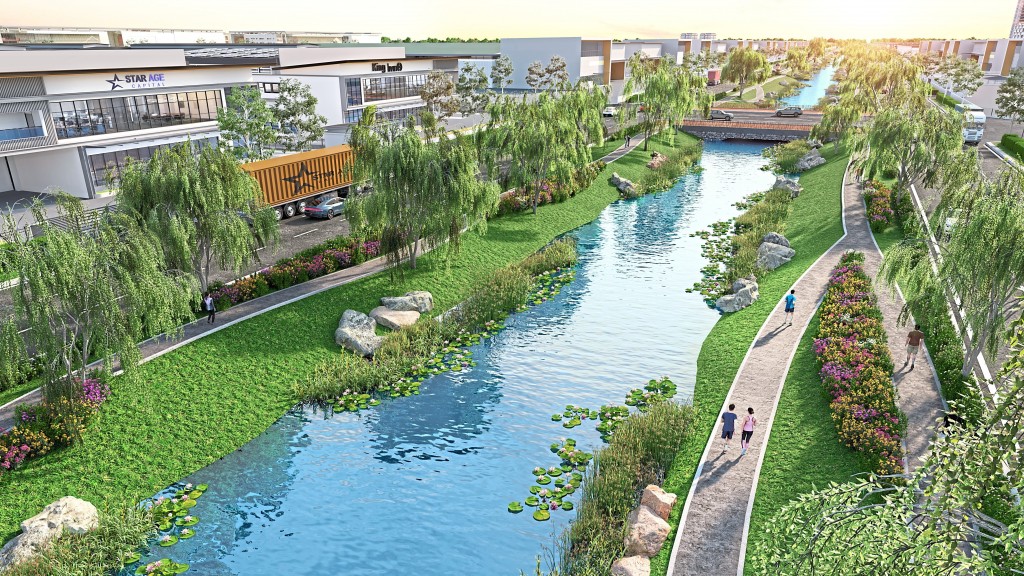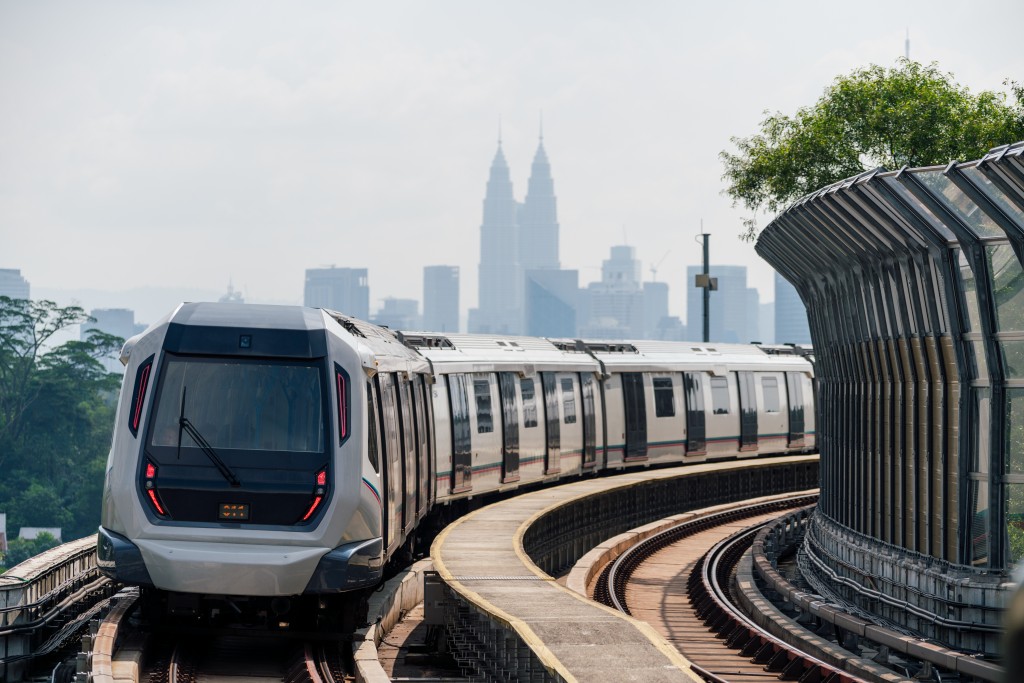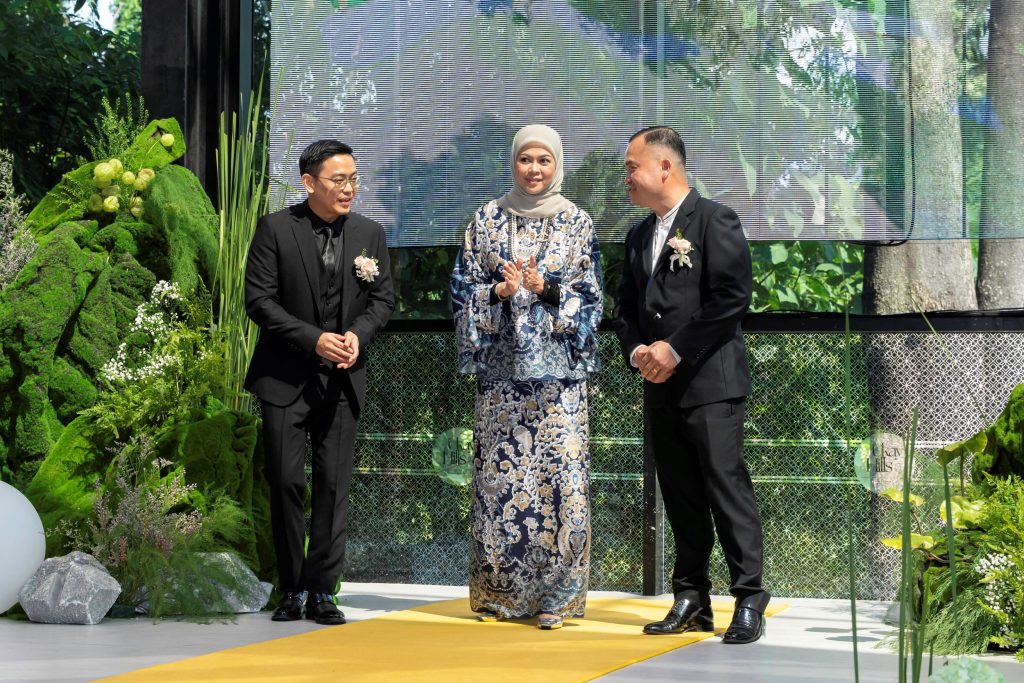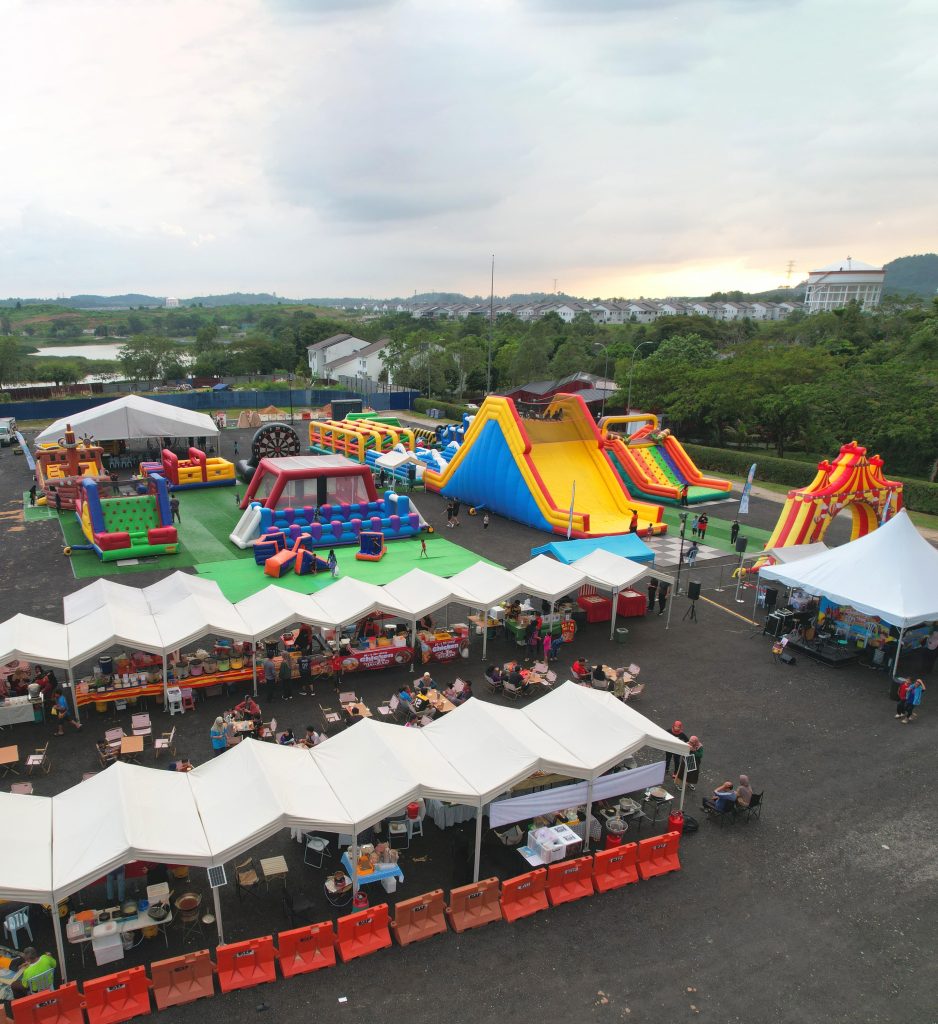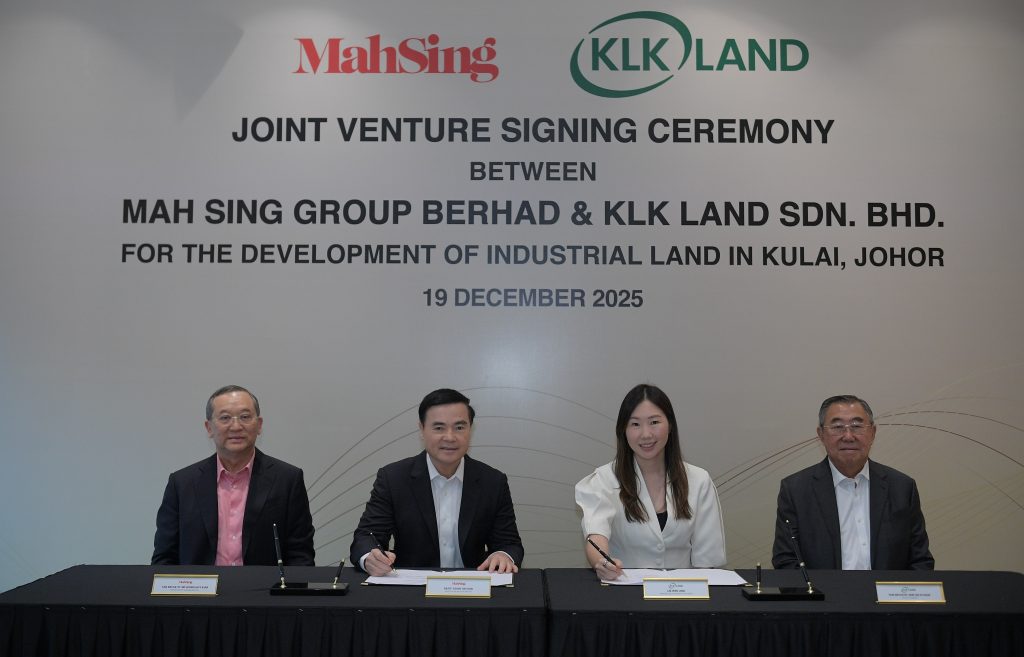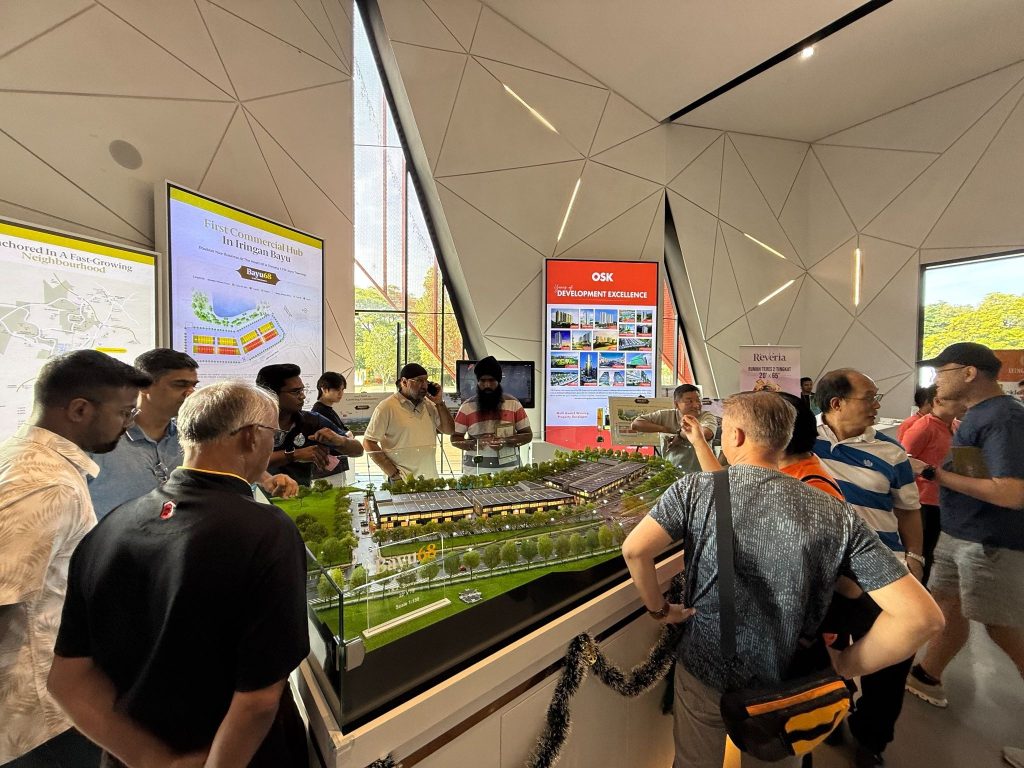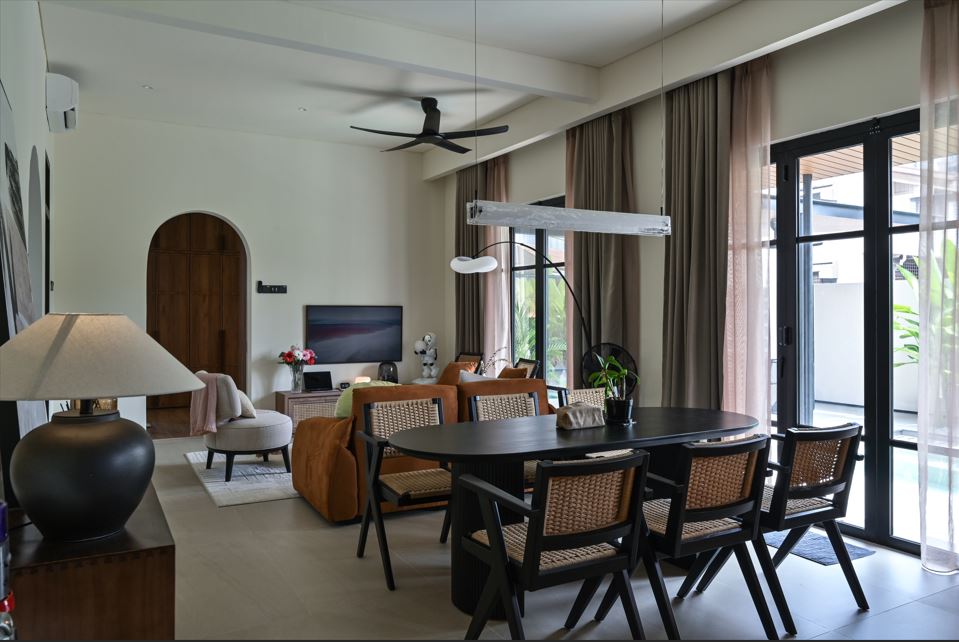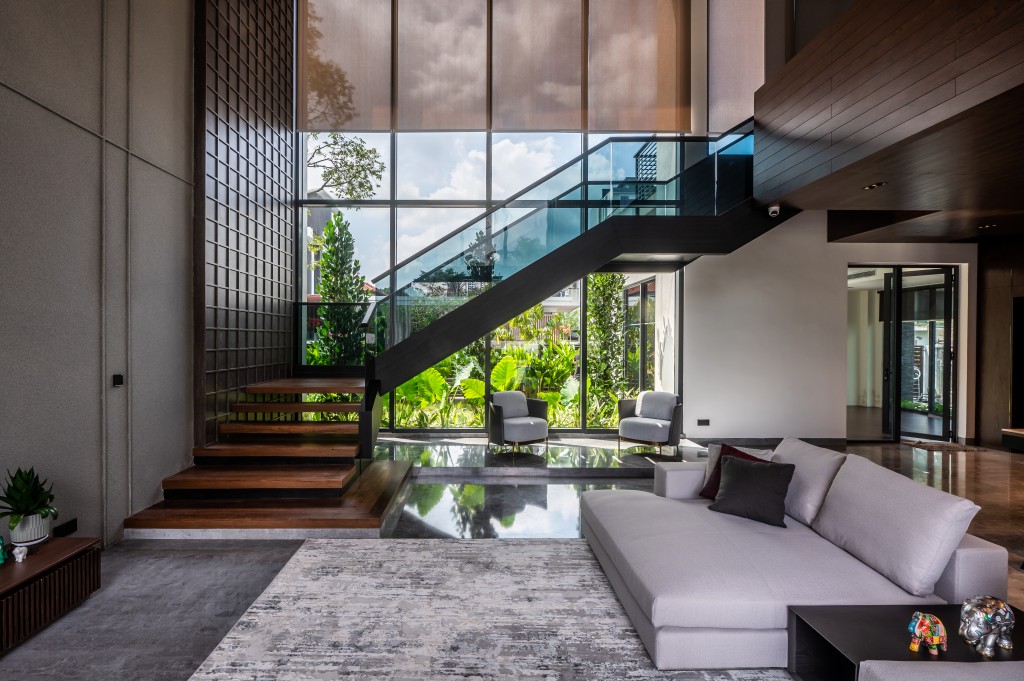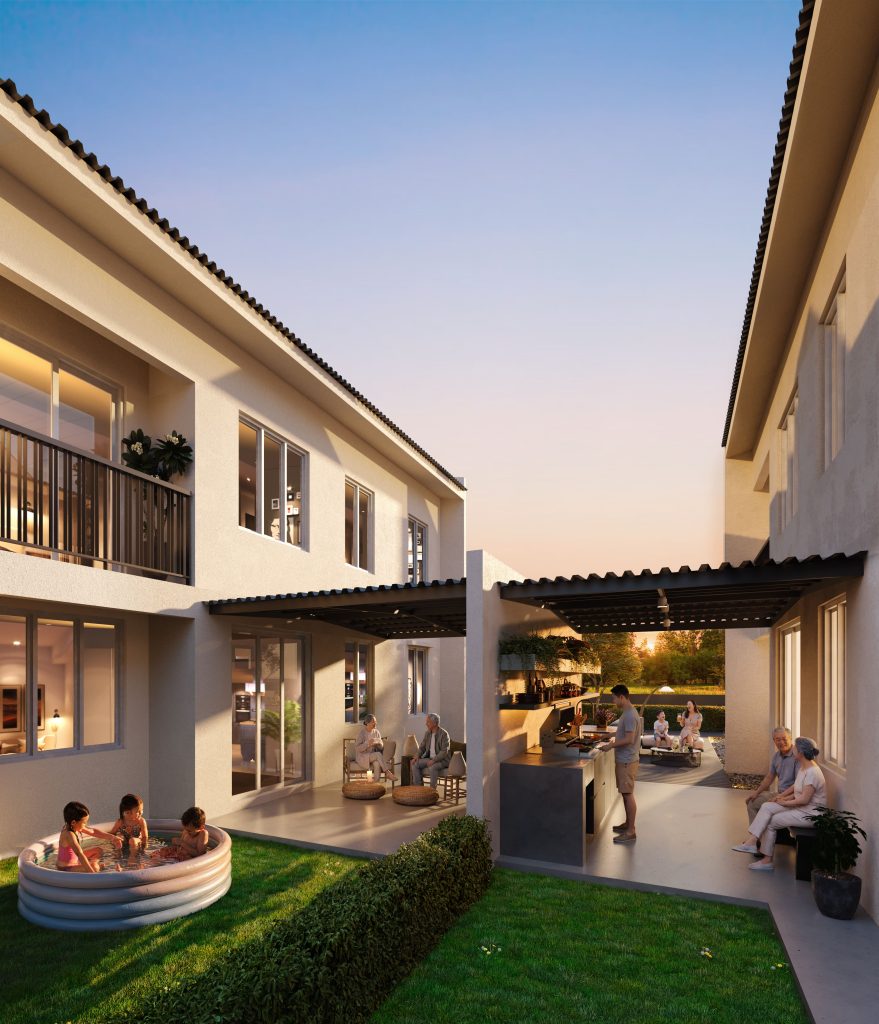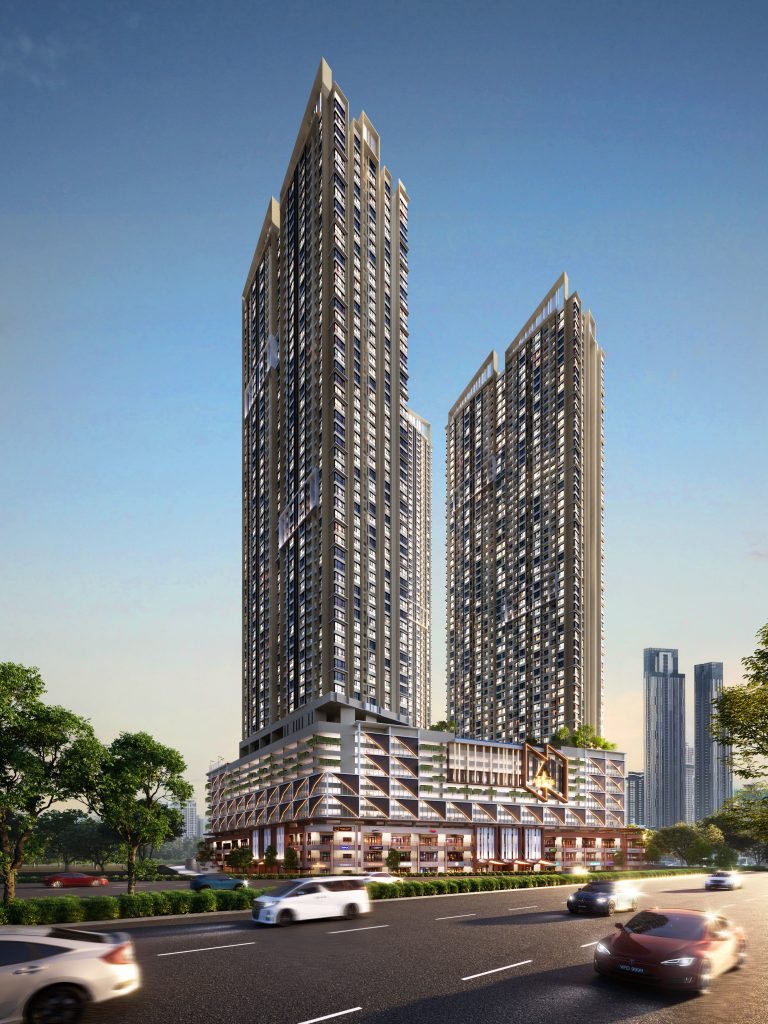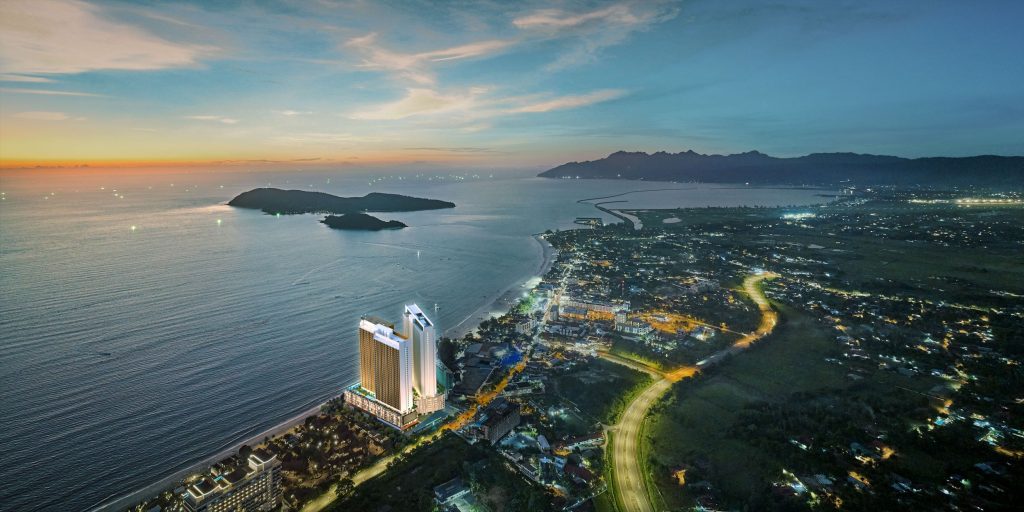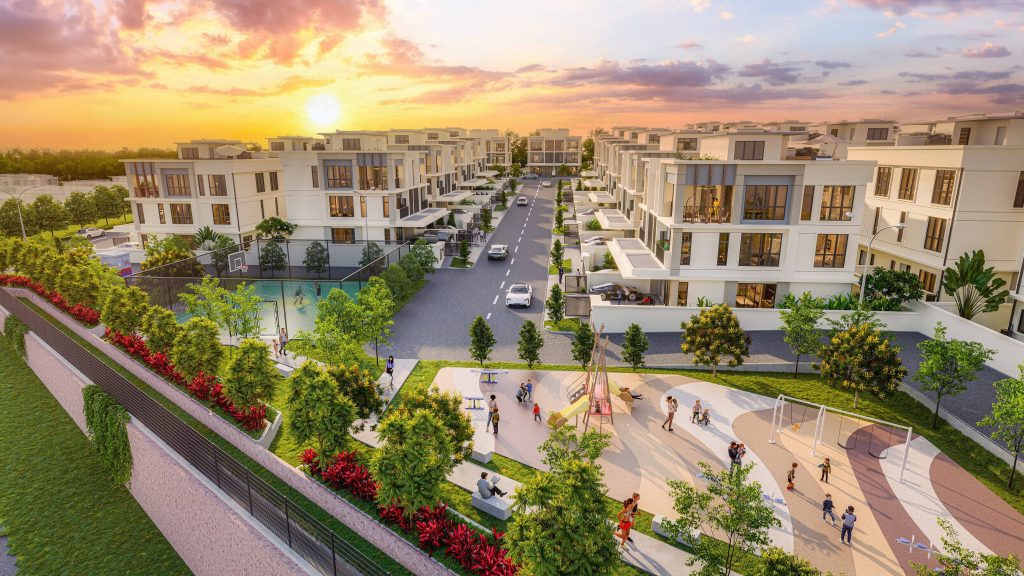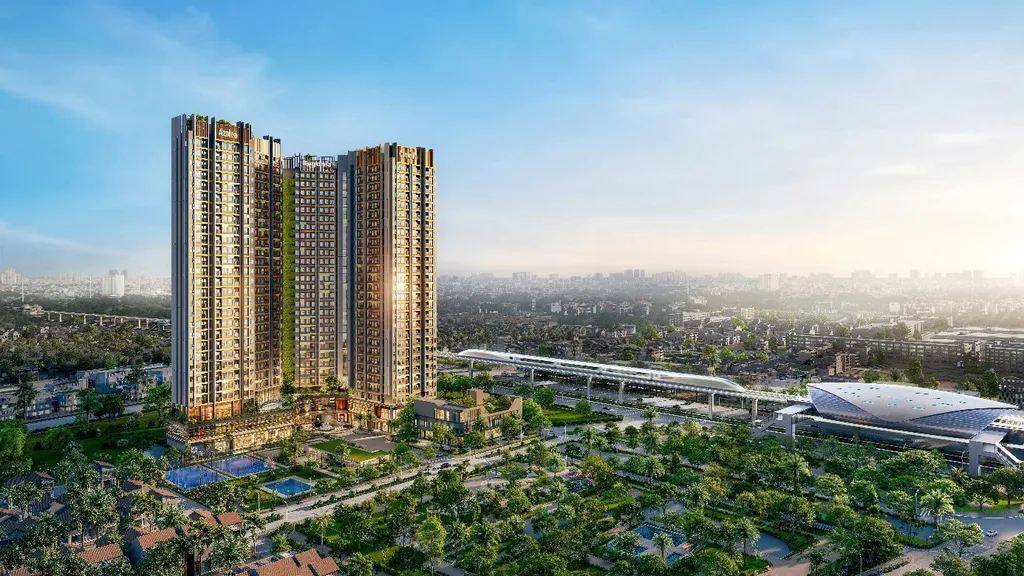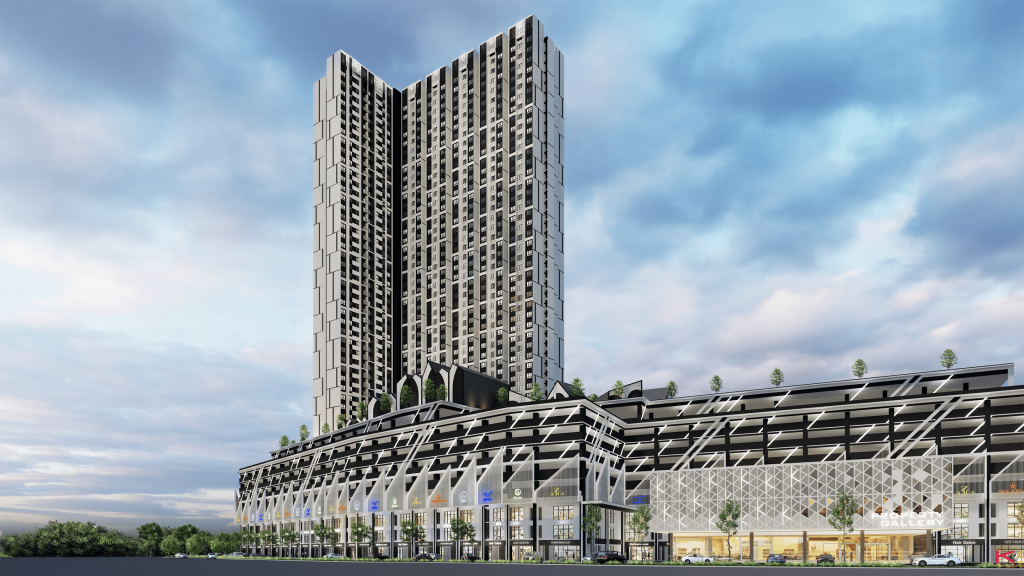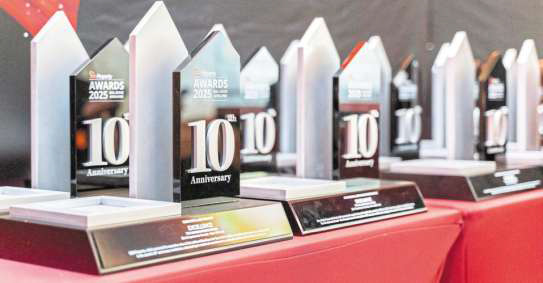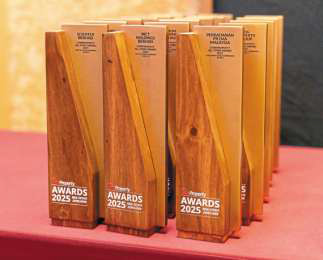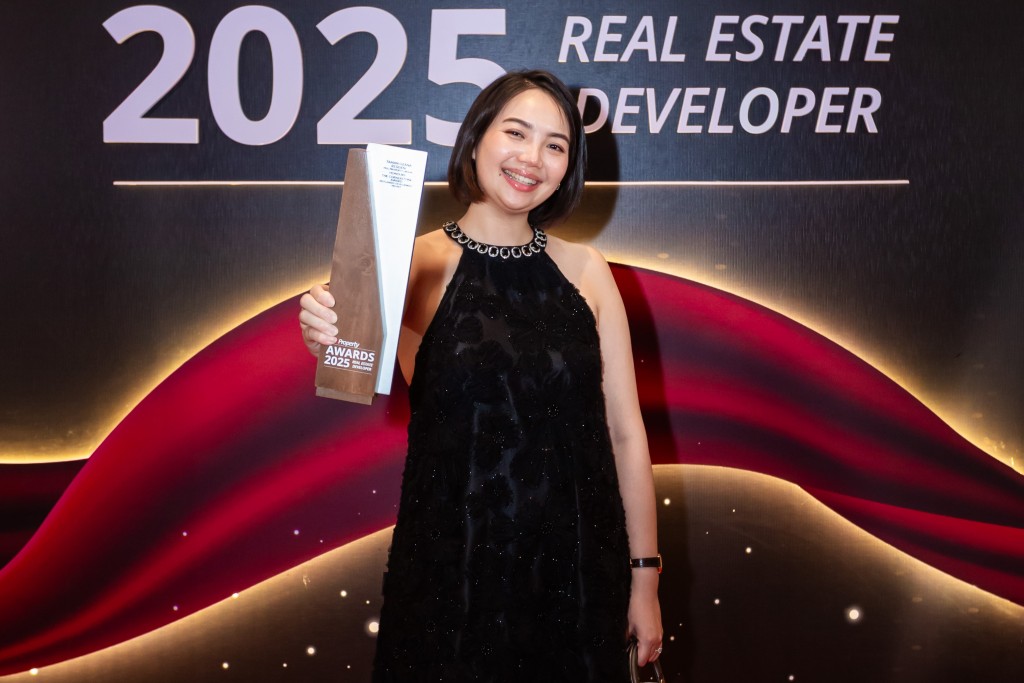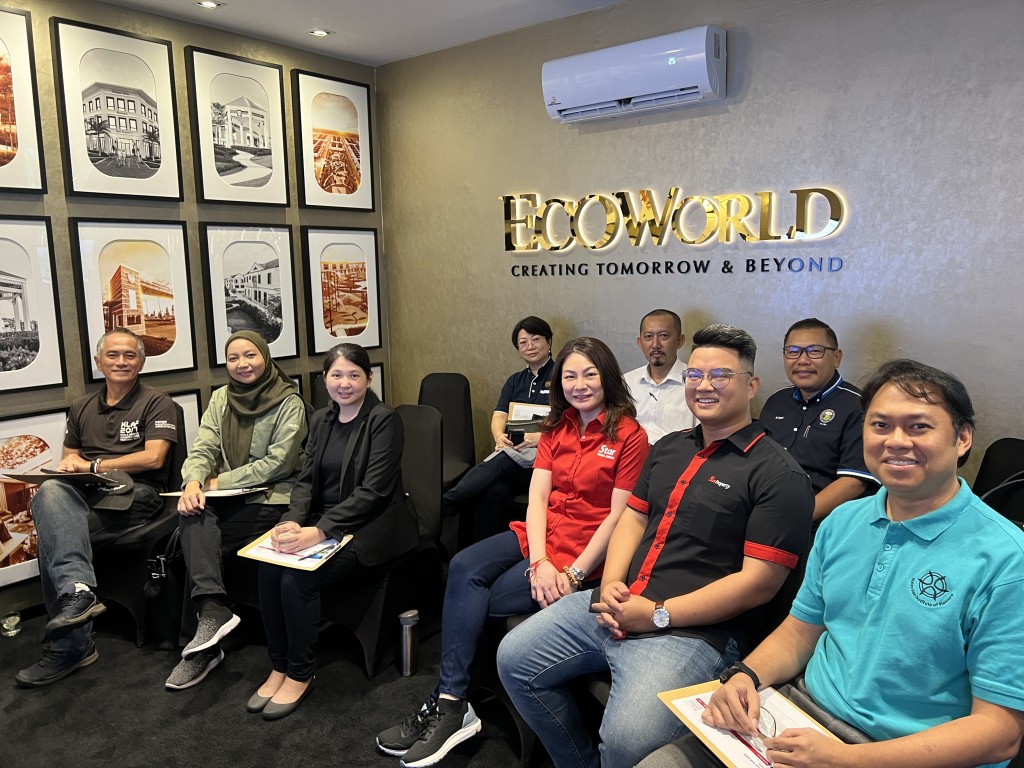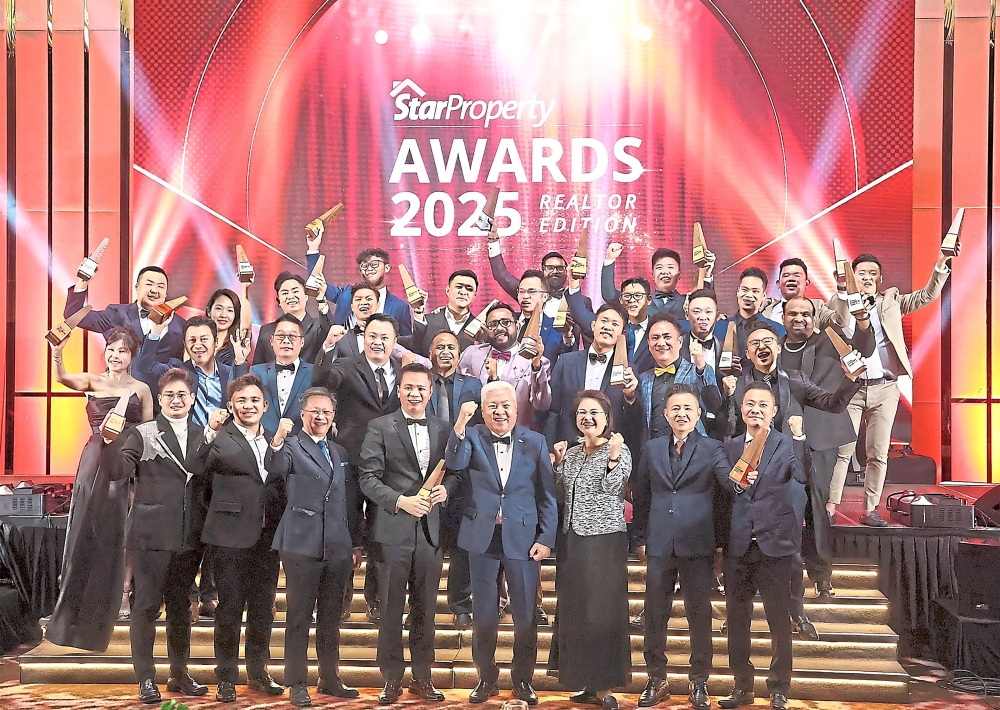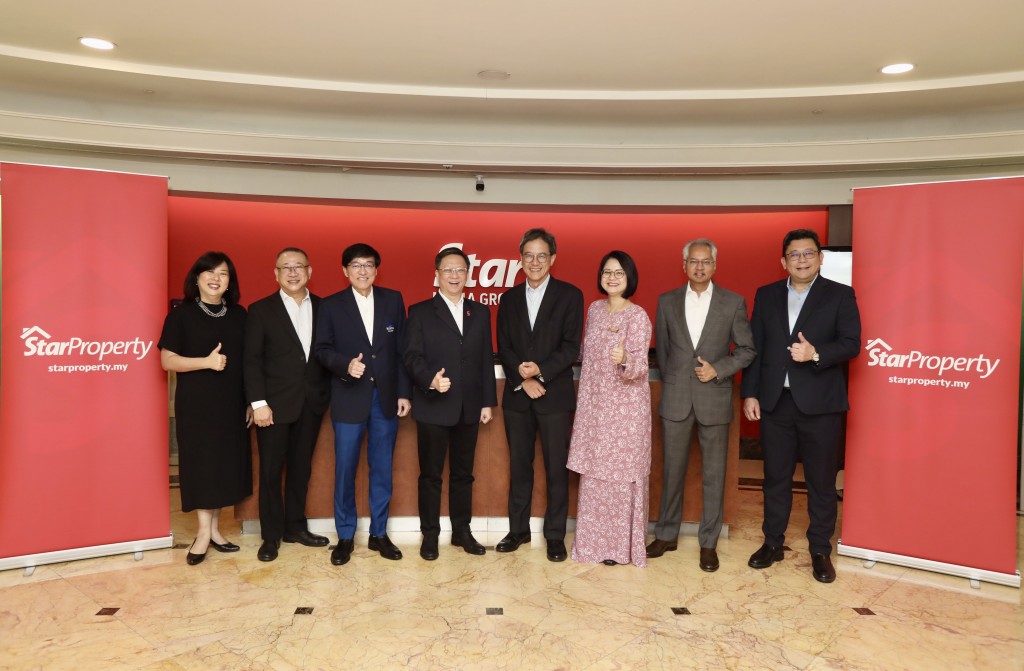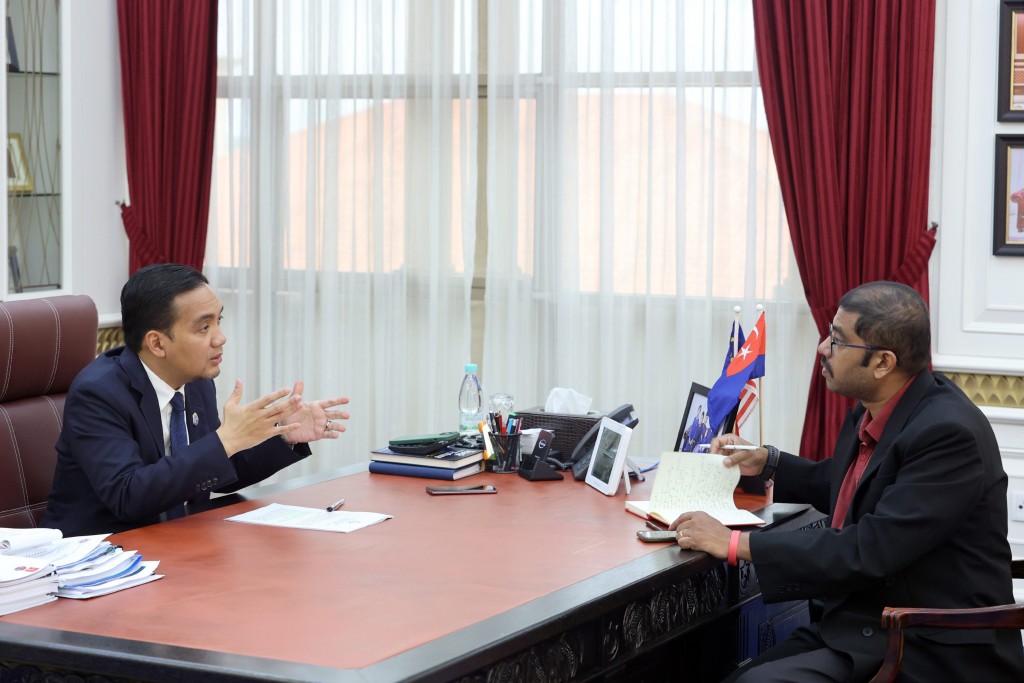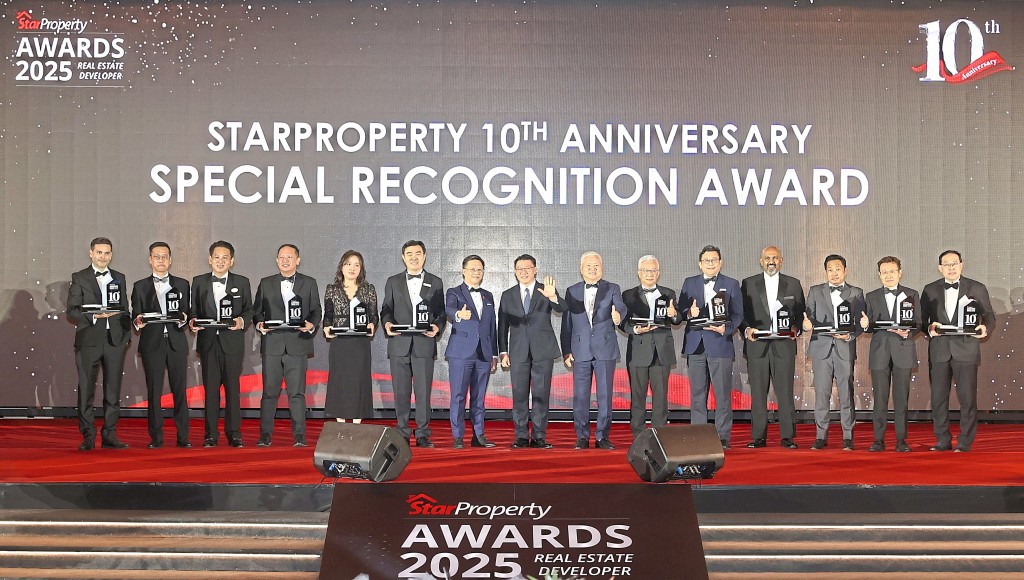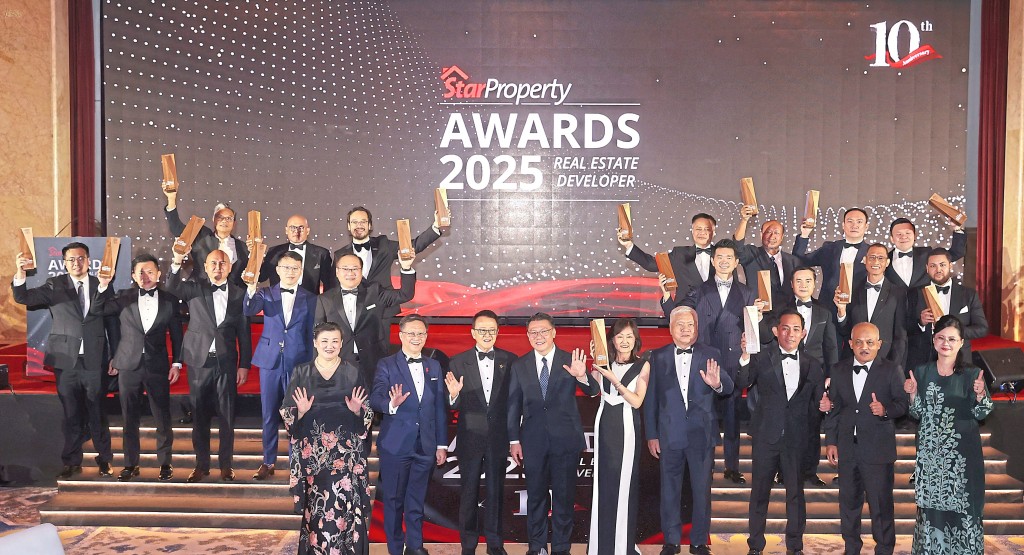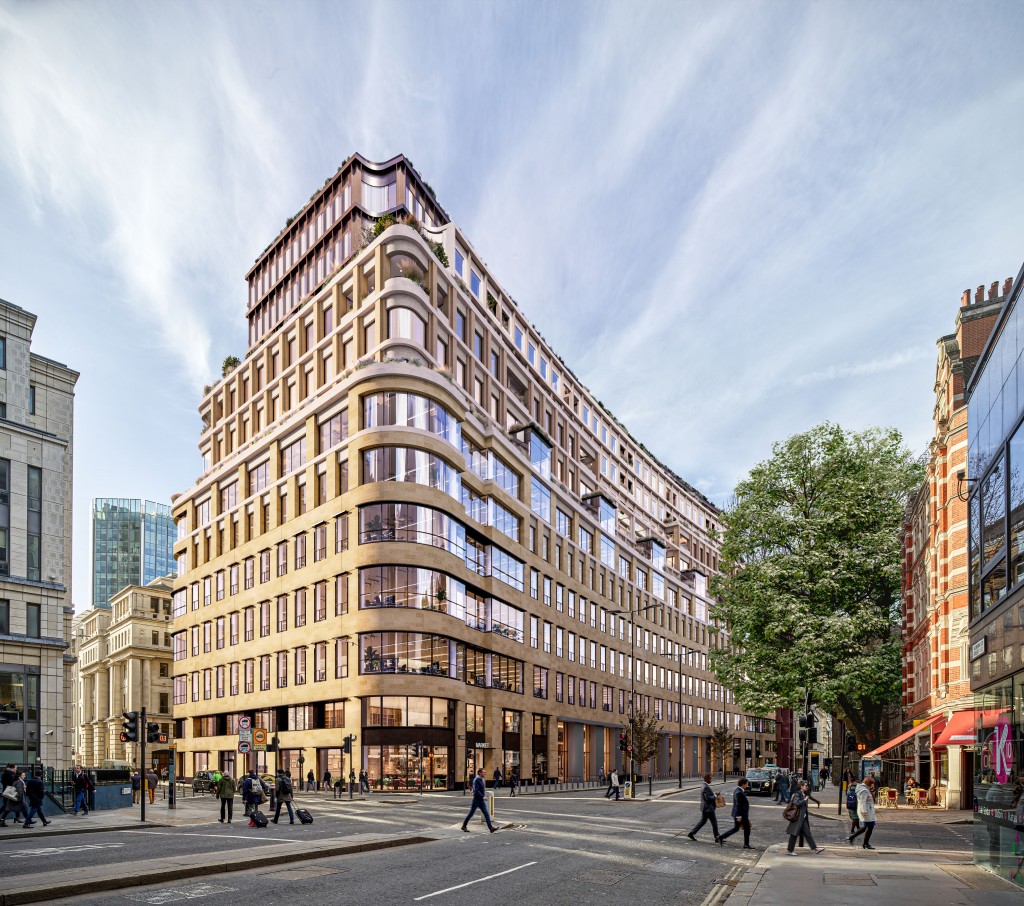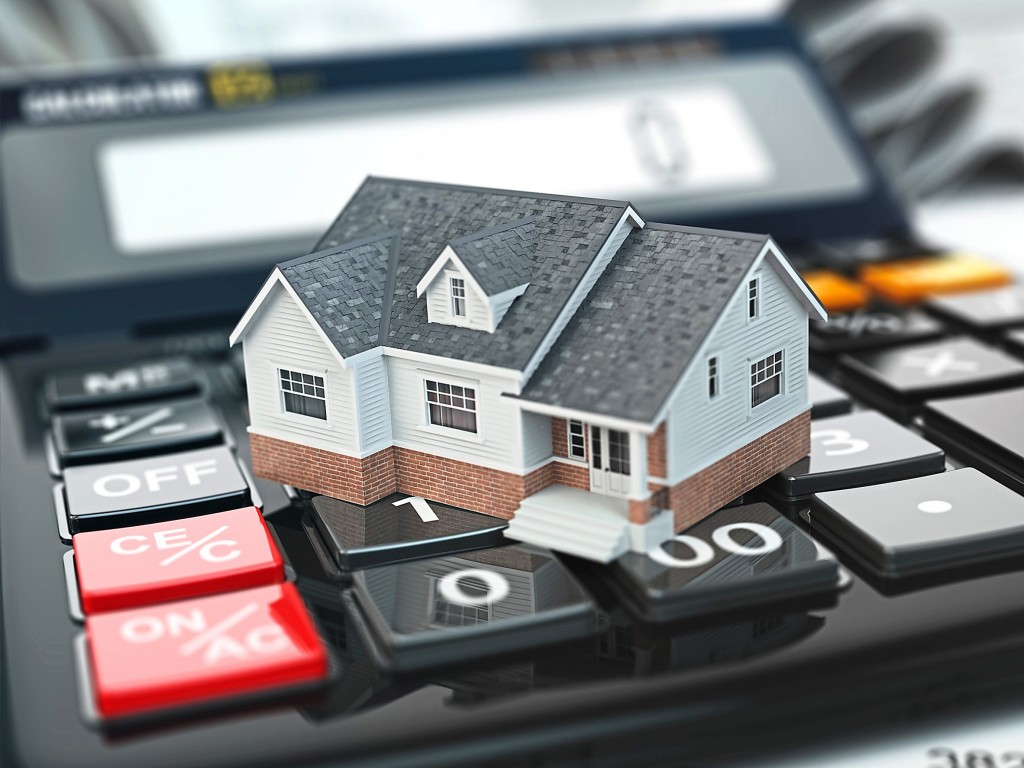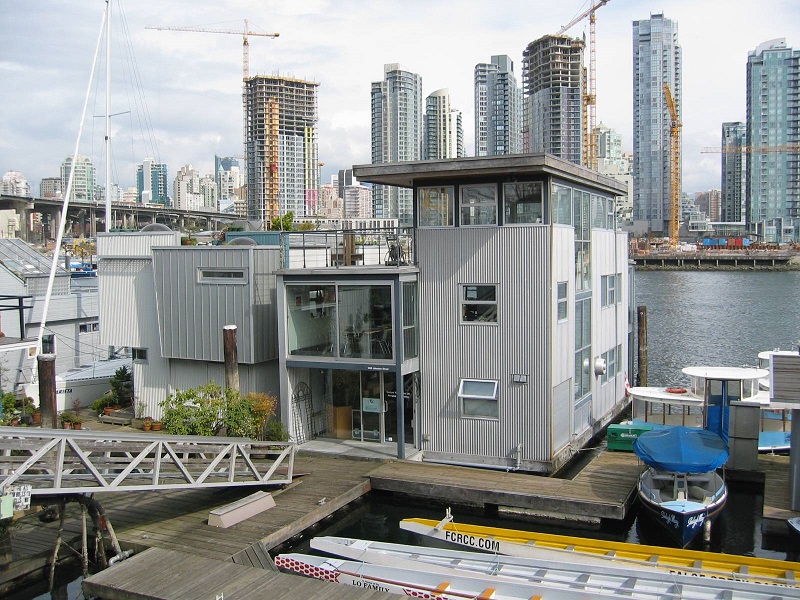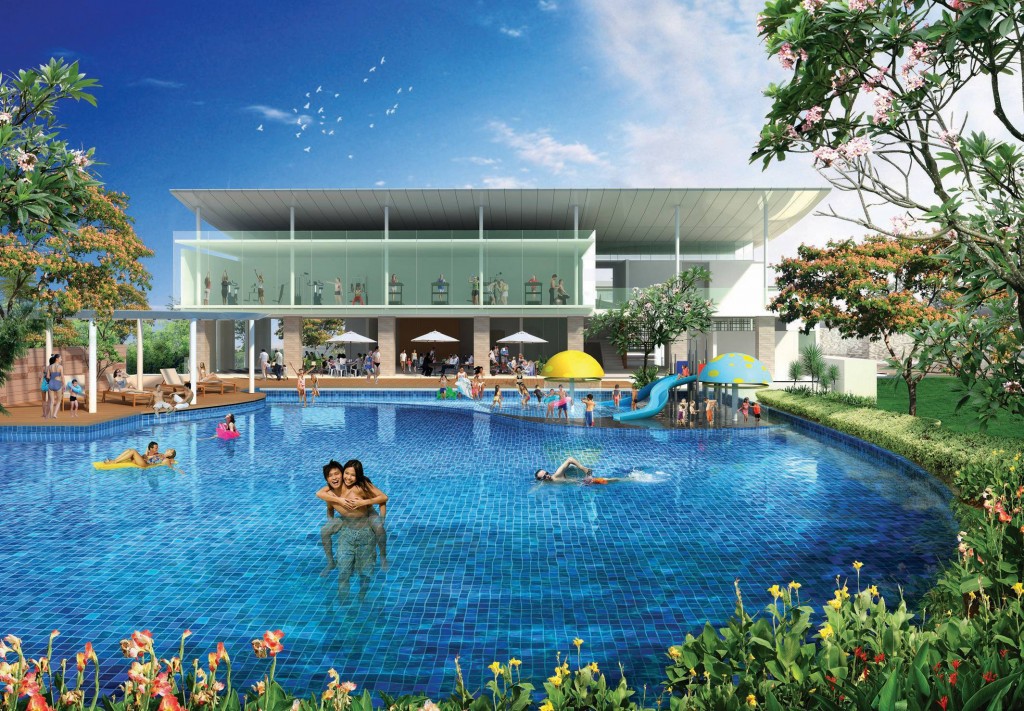
Matrix Concepts' MVV City Phase 1 covers 2,382 acres and will comprise over 1,000 acres of industrial space, 15,000 residential units and a 174-acre commercial lot.
Time and circumstances have ushered in a new era of sustainable, sophisticated and integrated ecosystems
By Joseph Wong
Malaysia’s journey from a primary commodity exporter to a modern, high-tech manufacturing and industrial hub is reflected through the evolution of its industrial parks. These planned zones, often overlooked in the grand narrative of economic development, have served as the physical and strategic engines of the nation's progress. They represent a remarkable transformation, evolving from simple, utilitarian factory lots into sophisticated, integrated ecosystems. This journey is not just a tale of infrastructure; it is a reflection of Malaysia’s adaptability, its strategic foresight and its ongoing quest for global competitiveness.
The evolution can be unfolded in distinct periods of development, each defined by the economic priorities of its era. From the early, foundational estates that provided basic infrastructure to attract foreign investment, to the modern, specialised hubs designed for the digital age, the evolution of these parks mirrors the country's own economic maturation.
The first industrial zones
The first chapter of Malaysia's industrialisation began in a post-colonial landscape defined by primary commodities like rubber and tin. To diversify the economy and reduce its dependence on these resources, the government embarked on a strategic drive to attract manufacturing. This required a fundamental shift to move from scattered, individual factories to concentrated, planned industrial zones.
The concept was simple yet revolutionary for its time. Industrial estates were established to centralise activity, providing a single location where factories could access shared infrastructure, transport networks and energy. Pioneers like the Bayan Lepas Free Industrial Zone in Penang, established in 1972, became a national blueprint. This was more than just a piece of land. It was a masterstroke of economic policy. Its designation as a free trade zone offered unparalleled incentives, including preferential tax treatment and customs-free operations. This policy immediately captured the attention of multinational corporations (MNCs) from the United States and Japan. Tech giants like Intel and AMD were among the first to set up shop, laying the foundation for what would become Malaysia’s renowned electronics industry.
These early estates were fundamentally utilitarian. Their purpose was to provide essential infrastructure to serve a wide array of industries, including textiles, steel, electrical goods and processing plants. The focus was on functionality, providing access to roads, rail and nearby wharves to facilitate the smooth flow of raw materials and finished goods. The aesthetic was secondary to the purpose and long-term management was often limited to the immediate needs of the companies within.
The socio-economic impact of this era was profound. These industrial parks created a multitude of jobs, transforming the lives of countless Malaysians. They spurred urbanisation, drawing a new workforce from rural areas to cities and laying the groundwork for a more skilled labour force. These estates were not just places of production but engines of social mobility, providing a pathway to a better life for an entire generation.
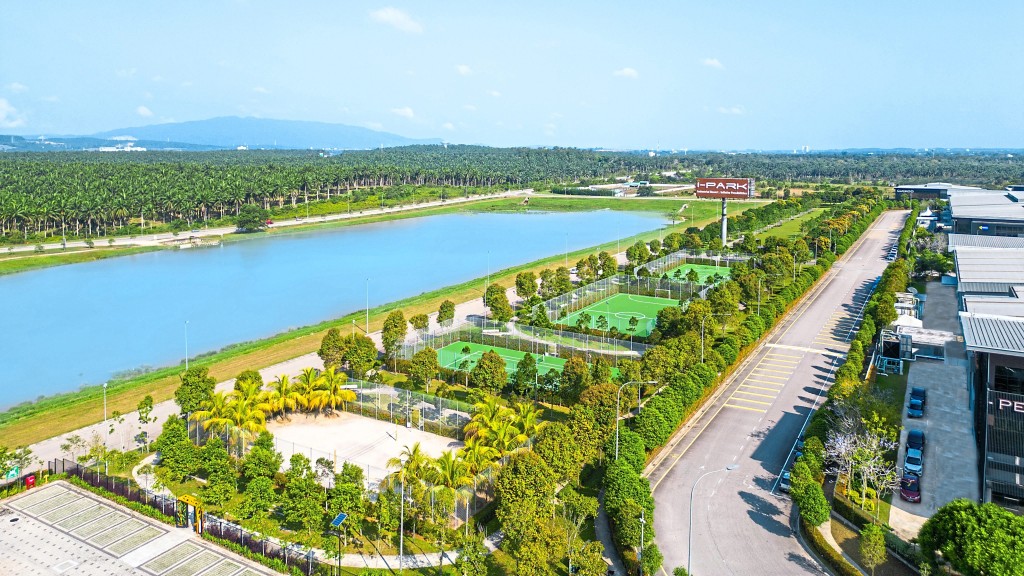
Lakeside recreational park with sports and leisure facilities are now part and parcel of modern industrial parks as evident in i-Park@Senai Airport City, Johor.
Urban integration and specialisation
As Malaysia's economy moved up the value chain, its industrial parks began to evolve. The era of the Look East Policy saw a new focus on heavier industries and more sophisticated manufacturing, particularly in the automotive and electronics sectors. With this shift came a more holistic approach to urban planning. Industrial parks were no longer isolated but increasingly integrated into the broader urban fabric.
This period saw the rise of modern industrial hubs in areas like Shah Alam and Klang. Shah Alam, for example, was a planned city from its inception, where industrial zones were strategically designed alongside residential areas. This model created a more efficient and self-contained ecosystem, reducing commuting times for workers and fostering a sense of community. The placement of factories was now complemented by a more sophisticated view of how industrial production could coexist with daily life.
The parks of this era were instrumental in supporting the growth of national champions. The automotive industry, in particular, found a home in these integrated zones, with companies like Proton leveraging the advanced infrastructure to build a homegrown car industry. The move towards more specialised manufacturing marked a significant step forward, promoting more efficient work environments and a higher standard of production compared to the general national economy.
However, this period also sowed the seeds of future challenges. While the new parks were models of modern urban planning, the older, pioneering estates began to show their age. A lack of proactive maintenance, ineffective management models and inadequate legal frameworks for factories began to hinder their ability to attract new investment. Dilapidated roads and blocked drainage became common problems, making these parks less appealing to the high-tech sectors that were emerging. The dual reality of a thriving modern sector and a struggling older one began to take shape.
Rise of new ecosystems
The 21st century has brought about a complete paradigm shift in the concept of the industrial park. Today, the goal is not merely to consolidate factories but to build a comprehensive industrial ecosystem. This new era is defined by a laser focus on specialisation, sustainability and digital integration.
The Malaysian Investment Development Authority (MIDA) documents over 600 industrial estates and the development of specialised parks like Kulim Hi-Tech Park as well as industrial zones like the current hottest, namely the Johor-Singapore Special Economic Zone (JS-SEZ). Within this zone reside many modern managed industrial parks like Nusajaya Techpark, Senai Airport City, i-Park, SiLC (Silicon Technology Park), NCT Smart Industrial Park, Ibrahim Technopolis (IBTEC) and a new green-energy industrial park in Kulai by SD Guthrie. Each industrial park holds enormous potential. For example, Senai Airport City has secured about RM8bil in committed investments from approximately 160 investors and generated more than 28,000 jobs, underscoring its role as a catalyst for Johor’s growth as a regional economic hub.
Moreover, property developers like UEM Sunrise Bhd, Eco World Development Group Bhd, NCT Group, JLand Group and other major players are eying a bigger slice of the economic pie that JZ-SEZ is likely to draw in. Also in progress elsewhere in Malaysia are prime examples of future industrial parks like Seri Pajam Development’s SPD Tech Valley and Matrix Concepts Holdings Bhd’s Malaysia Vision Valley (MVV) development in Negeri Sembilan. With a gross development value of RM15bil, MVV City Phase 1 covers 2,382 acres and will comprise over 1,000 acres of industrial space, 15,000 residential units and a 174-acre commercial lot.
It is important to note that modern parks are no longer just designed as general-purpose zones. Instead, they are highly specialised hubs for specific sectors. This is evident in the development of dedicated tech parks for information and communication technology (ICT) and creative industries, logistics hubs near ports and specialised zones for the halal industry. The Multimedia Super Corridor (MSC) Malaysia initiative, for example, transformed areas into thriving tech ecosystems, complete with infrastructure and incentives to attract global ICT companies and local startups alike. This approach allows companies to benefit from a focused supply chain, shared knowledge and a skilled talent pool.
Moreover, infrastructure upgrades like the East Coast Rail Link (ECRL) realignment, Westports' Phase 2 expansion involving a new 4.8km wharf and a projected increase of 13 million TEUs in capacity over 15 years and the proposed Carey Island mega-port and a new port in Negeri Sembilan will benefit well-managed industrial parks that lie in the vicinity of such mega projects.
For example, UMW Development Sdn Bhd’s 861-acre High Value Manufacturing (HVM) Park in Serendah, Selangor is capitalising on the ECRL realignment. According to property and development director Eric Chew Kar Kean, this strategic infrastructure development could significantly enhance the value of HVM Park, providing a substantial upside potential for the group.
“The team went ahead to study many international industrial parks to do benchmarking from the UK to Singapore and Hong Kong. From there, we engaged one of the international planners to come up with a blueprint, which we are still following but fine-tuning to further improve as we go. From day one, we planned to be sustainable,” said Chew in an earlier interview.
And sustainability and environmental, social and governance (ESG) commitments have also become non-negotiable. For example, Sime Darby Plantation is co-developing the Kerian Integrated Green Industrial Park (KIGIP) in Perak, which will feature large-scale solar farms to power it and attract green E&E investments. On the other hand, Sime Darby Property is developing sustainable industrial parks, such as the one in Bandar Bukit Raja in Klang, which integrates green building certifications, renewable energy and smart technology to attract various industries.
Sime Darby Property has been master planning and designing many future-ready and ESG-friendly industrial ecosystems, according to group managing director and chief executive officer Datuk Seri Azmir Merican. He pointed out that SDP has established a strong track record in developing award-winning industrial parks across nine of its townships, including E-Metro Logistics Park in Bandar Bukit Raja and Elmina Business Park in the City of Elmina, which has attracted global players such as Google.
Certainly, modern industrial estates are now designed with infrastructure to minimise their environmental footprint. They incorporate green building standards, advanced waste management systems and in some cases, are powered by renewable energy. This focus on ESG factors is crucial for attracting today's investors, many of whom have their own strict sustainability requirements. The commitment to a greener future has become a powerful competitive advantage.
Furthermore, these modern parks are now fully integrated with technology. The concept of a smart industrial park is a reality, incorporating digital automation, IoT (Internet of Things) sensors for asset management and a centralised control system. This digital integration is essential for attracting high-tech sectors like robotics, artificial intelligence and data centres. The seamless flow of data and automated processes makes these parks incredibly efficient and appealing to companies operating at the cutting edge of technology. Beyond the physical infrastructure, these parks offer a wide array of support services, including administrative assistance, tax benefits and even talent development programs. The aim is to create a holistic environment that not only attracts businesses but also retains a skilled workforce.
The road ahead
Despite the progress, Malaysia faces a significant challenge. The stark contrast between its state-of-the-art industrial parks and its ageing ones. Many of the older parks are grappling with the consequences of neglect, including dilapidated roads, inadequate drainage and a lack of modern amenities. This not only hinders their ability to attract new investment but also makes them less suitable for the high-tech sectors that demand reliable and efficient infrastructure.
This dual reality presents a dilemma. Malaysia’s continued industrial competitiveness depends on its ability to address this imbalance. The future of the country's economy is not just about building new, sophisticated parks but also about revitalising the old ones. This will require strategic government intervention, public-private partnerships and a renewed focus on urban regeneration. By modernising their infrastructure, improving management and offering new incentives, these older parks can be given a second life.
The challenge now is to bridge the gap between the past and the present, ensuring that the entire industrial landscape, from its oldest foundations to its newest frontiers, continues to serve as a unified and powerful engine for prosperity.
Stay ahead of the crowd and enjoy fresh insights on real estate, property development and lifestyle trends when you subscribe to our newsletter and follow us on social media.


